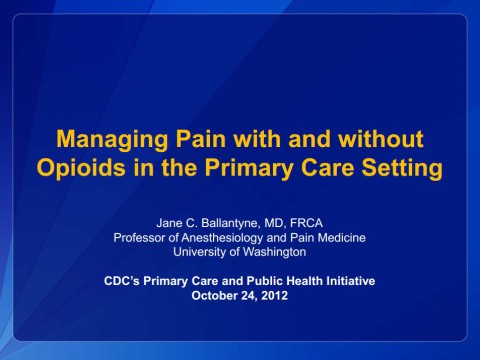Despite low-quality evidence supporting practice change, use of opioids for chronic pain increased dramatically over the past two decades. Concurrently, there has been a sharp increase in opioid analgesic overdose deaths, addiction, misuse and diversion.
Educational Materials / CME
Opioid Painkiller Prescribing – Where You Live Makes a Difference
CDC Vitalsigns: Health issues that cause people pain don’t vary much from place to place—not enough to explain why, in 2012, health care providers in the highest-prescribing state wrote almost 3 times as many opioid painkiller prescriptions per person as […]
Medicines to Relieve Chronic Pain
When you need opioids and when you don’t. Consumer Reports Health: Opioids (narcotics) are common pain medicines. They can help if you have bad short-term pain—like pain after surgery for a broken bone. They can also help you manage pain […]
Cautious, Evidence-based Opioid Prescribing Guide
Despite low-quality evidence supporting practice change, use of chronic opioid therapy (COT) for chronic non-cancer pain increased dramatically over the past two decades. Concurrently, opioid analgesic overdose deaths, addiction, misuse and diversion have increased markedly. PROP Opioid Prescribing Guide
Opioids for Low Back Pain
Back pain affects most adults, causes disability for some, and is a common reason for seeking healthcare. In the United States, opioid prescription for low back pain has increased, and opioids are now the most commonly prescribed drug class. More […]
Managing Pain with and without Opioids in the Primary Care Setting

Slide presentation from CDC’s Primary Care and Public Health Initiative October 24, 2012 This document covers basic principles, clinical scenarios, and principles of chronic opioid therapy. View the Presentation

 Follow us on Twitter
Follow us on Twitter